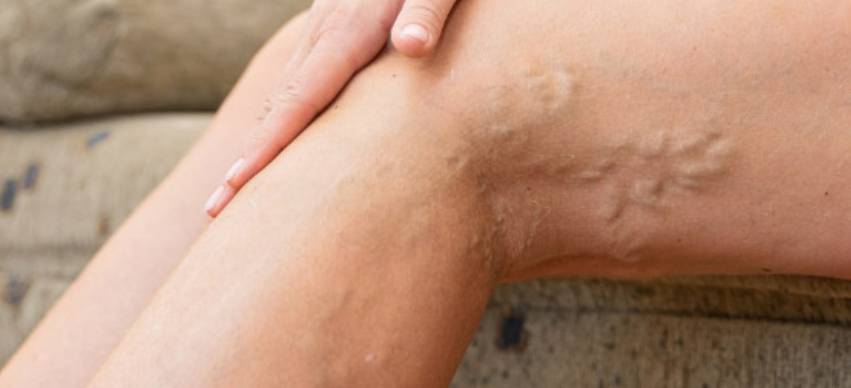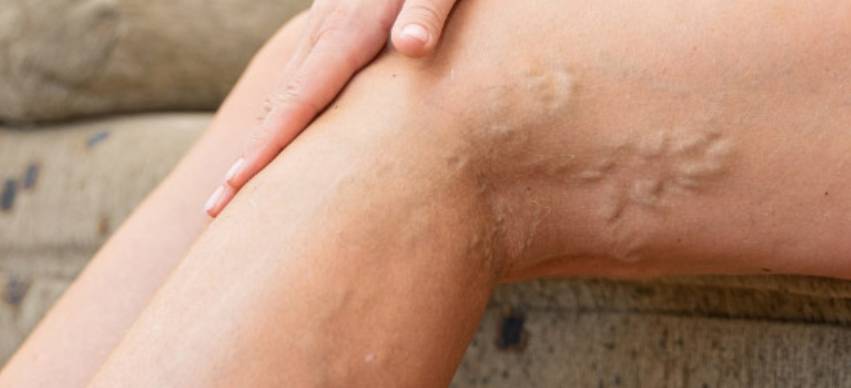How Communities Are Changing the Way We Think About Aging in..
8 Min Read


Have you ever experienced discomfort, swelling, or discoloration in your legs? These symptoms could be signs of chronic venous insufficiency (CVI). CVI is a condition that affects the proper functioning of veins in the legs. This article will explore what CVI is, its causes, and its symptoms. Also, you will learn about the management strategies to promote vein health and circulation.
When the valves in your leg veins fail to function correctly, it can lead to chronic venous insufficiency (CVI). CVI refers to a condition where the veins in the legs struggle to efficiently return blood to the heart. The malfunctioning valves in the veins prevent blood from flowing against gravity, leading to blood pooling in the legs. Over time, this can result in a range of symptoms, including swelling and skin changes.
Understanding CVI and visiting a vein specialist on time can help you manage the condition effectively. The experts at varicose veins clinic in Scottsdale can diagnose and recommend the best treatment for you.
Several factors contribute to the development of chronic venous insufficiency. Some common causes and risk factors include:
Identifying the symptoms of chronic venous insufficiency is crucial for early intervention. Common symptoms include:
If you experience these symptoms, it is advisable to consult a healthcare professional for a proper diagnosis. Diagnostic methods may include physical examination, ultrasound, and venography.
If left untreated, chronic venous insufficiency can lead to various complications. These complications may include:
Making specific lifestyle changes is fundamental to managing CVI and promoting vein health. Here are some key strategies:
Maintaining a healthy diet can support vein health and improve circulation. Incorporate the following into your diet:
Regular physical activity is crucial for improving circulation and strengthening leg muscles. Consider the following exercises:
Compression therapy involves wearing compression stockings or bandages. These special garments apply pressure to the legs, aiding blood flow. The compression helps in the following factors:
Consult a doctor to determine the appropriate compression level and type of stockings for your condition.
In some cases, doctors may prescribe medications to manage chronic venous insufficiency. These may include:
Understanding CVI can help you take proactive steps to manage the condition effectively. Remember, it's crucial to consult with a doctor for an accurate diagnosis and personalized treatment plan. Each individual's condition may vary, and a doctor can provide specific recommendations based on your unique circumstances. By making informed choices and implementing healthy habits, you can reduce the impact of CVI on your daily activities.